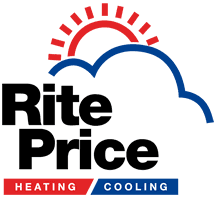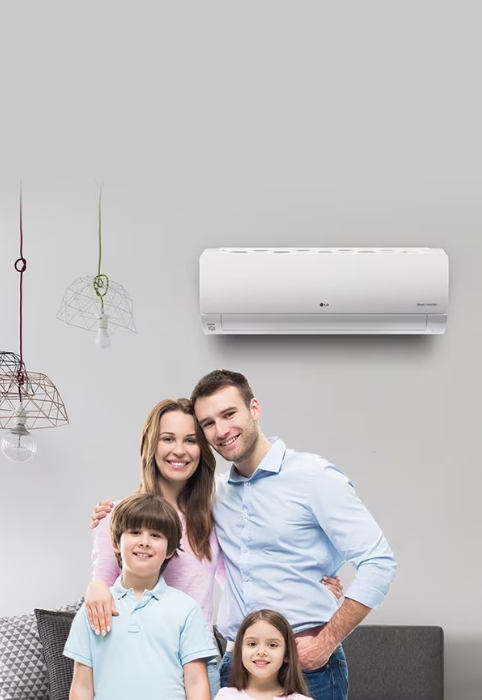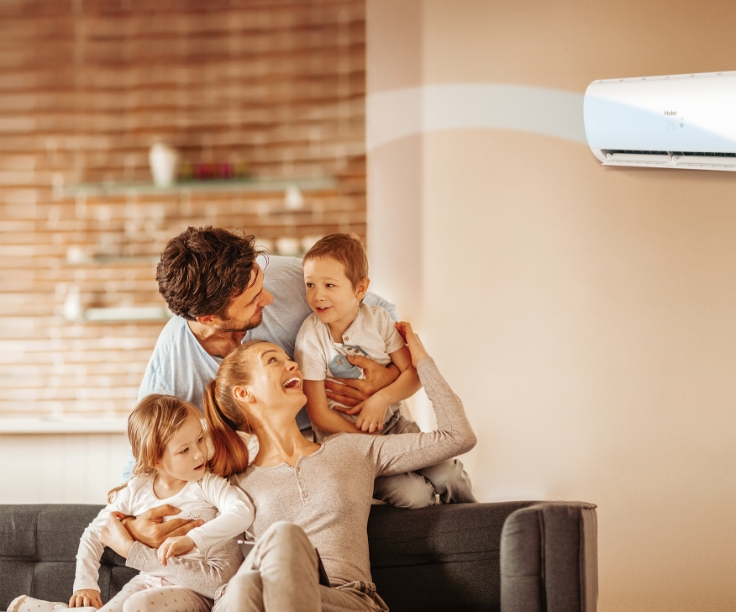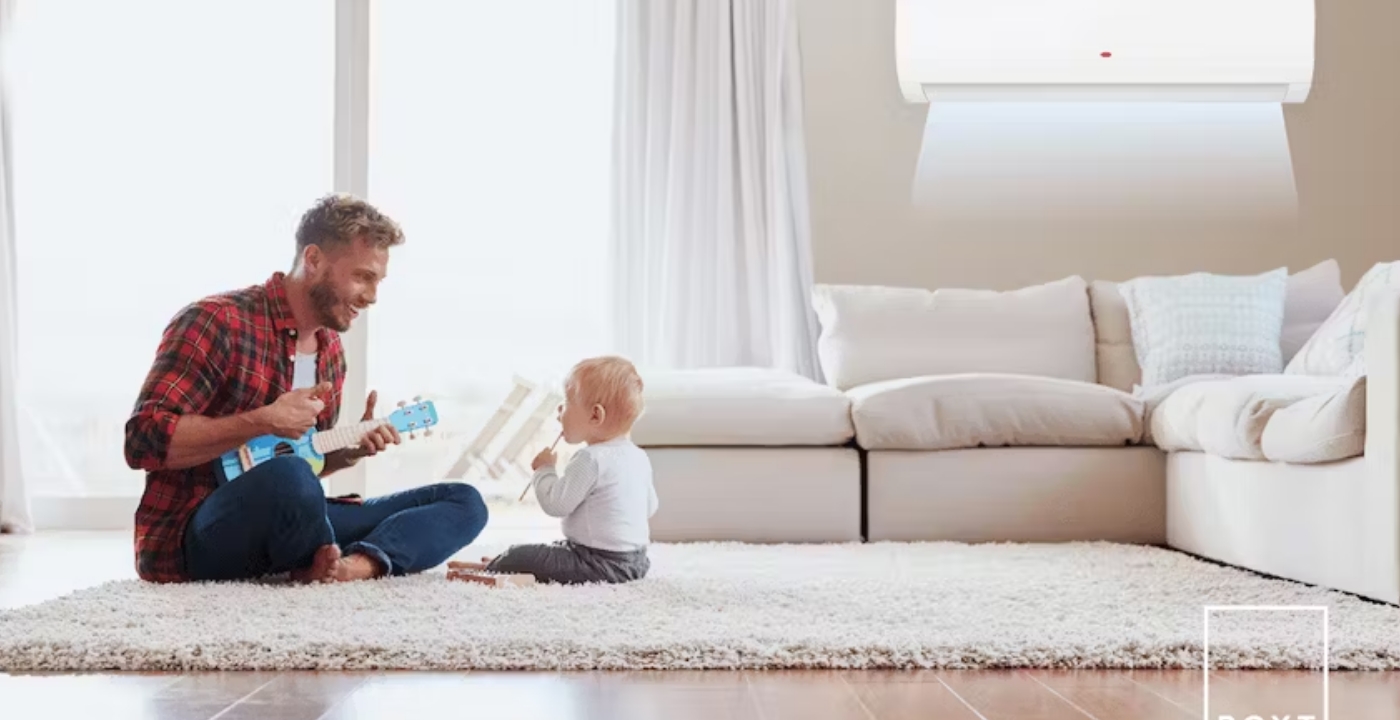TYPES OF AIR CONDITIONING
There are different types of air conditioning systems available to day in the market. We have a few list that will be explored here in this article. We now live in a world where we could make living conditions favourable for everyone. Devices provided by the works of technology have made life more comfortable. Air conditioners have provided us with one of the comforts we wouldn’t trade for any other. By altering the temperature indoors during extreme seasons, we wouldn’t have to try so hard to be comfortable in our homes, schools, offices, and everywhere else we go.
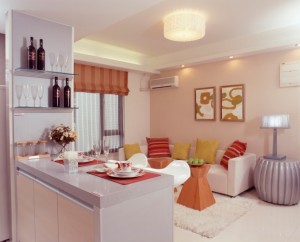
Technology has allowed the evolution of everyday things to make things easier for us. Even the process air conditioning is tweaked in one or more stages to make a variety of air conditioners available in the market. The following are the most common types of air conditioning units suitable for the Adelaide weather:
Important types of air conditioning is the Split System
This is one of the traditional types of air conditioning systems that many people choose. The split system is composed of two main parts: the compressor and the evaporator. The compressor is placed outside the house and initiates the cooling process. A thermostat controls it and detects warm air from the environment. The outdoor compressor is activated once warm air is detected, and it starts to circulate a refrigerant gas. The pressure and temperature of the gas is increased as it compresses into a series of pipes.
In the condenser, the cooling system removes the heat from the high pressure gas and the gas condenses into a liquid. This cold liquid is pushed through the tube that connects the compressor to the evaporator located inside the house. This evaporator system collects warm air and passes it through the chilled liquid refrigerant. The cooled air is blown through a fan into the room, lowering the temperature of the space it covers. Excess refrigerant and heat that is left are passed back to the compressor and the cycle begins again.
The split system type of air conditioning is ideal in cooling a room. If you wish to cool multiple rooms, many evaporating systems could be installed and connected to just a single compressor.
Window Air Conditioning
This air conditioning system involves a mechanism almost similar to that of the split system, but simpler. It has a compressor, an expansion valve, a hot coil on the outside and a chilled coil on the inside, two fans, and a control unit. The warm air from outside moves from the fan to the coils. Heat is dissipated and cool air is released into the room.
Ducted Refrigerated Air Conditioning
In general, the heat pump principle is utilized by the different types of air conditioning systems. These systems get heat from the environment and use it to cool the room through a pump. This also applies in centralized types of air conditioning.
In the ducted refrigerated air conditioning system specifically, hot air from the environment is drawn to a fan over a cold liquid known as a refrigerant. It absorbs the heat from the air and cools it. The cool air produced is released into the room through installed ducts. While cool air is released, the refrigerant evaporates and flows into a compressor. The gas produced has high pressure and high temperature and is pumped through a heat exchanger located outside the house. The heat escapes while the refrigerant cools and then liquefies. It flows through an expansion device that lowers pressure and temperature so that when hot air comes through the fan, it could absorb heat once again. The process repeats as long as the AC unit is switched on.
Another type of refrigerated air conditioning that works the same way is the wall hung air conditioning unit that uses the same principle. The only difference is the cool air is not released through ducts. The unit is installed in a wall and is used to cool a single room. This is not a centralised type.
Ducted Reverse Cycle Air Conditioning
Air conditioning is not just made for the hot weather. There are days when you don’t need the chilly air from your air conditioners because of the low temperature outside. The ducted air conditioning is a type of air conditioning that operates using the same mechanism as that of the ducted refrigerated air conditioning, but the cycle could be reversed to produce warm air from the cold air coming from the outside environment. This is a versatile type of air conditioning that could be utilised for both the summer and the winter.
Evaporative Air Conditioning
Evaporative cooling is known for its more numerous environmental benefits over the refrigerated type of air conditioning, evaporative air conditioning is popular because of the almost-natural mechanism of conditioning the air. Like the other types of air conditioning, it also uses the air already in the atmosphere. Warm air is drawn to the cooler and evaporated and the resultant cool air is released through ducts.
Two important temperatures are involved in this type of air conditioning: the dry bulb temperature and the wet bulb temperature. The dry bulb temperature is the air temperature that enters the machine. This is measured by a thermometer exposed to the air. The wet bulb temperature is the lowest temperature that could be achieved after the evaporation. This measures the potential for evaporating cooling rather than the dry. Both are used though to compute for the humidity, a factor which is important in the process of evaporation. Evaporation could only occur with a humidity of <100%.
The air from outside passes through saturated wet cooling or filter pads. As the air passes through these pads, heat energy is released and the water from the pads evaporates. Energy is lost, and the temperature is reduced. The ventilation fan directs cool air out into the room through ducts.
Since they do not need a compressor or a condenser, this is the principle used in portable air conditioners that could be moved from one room to another. This is because they don’t have tubes that are connected to the outside environment.
